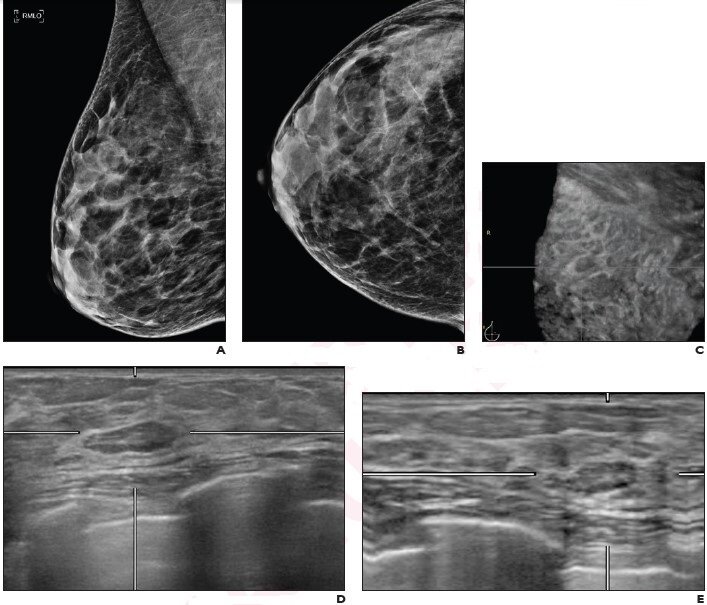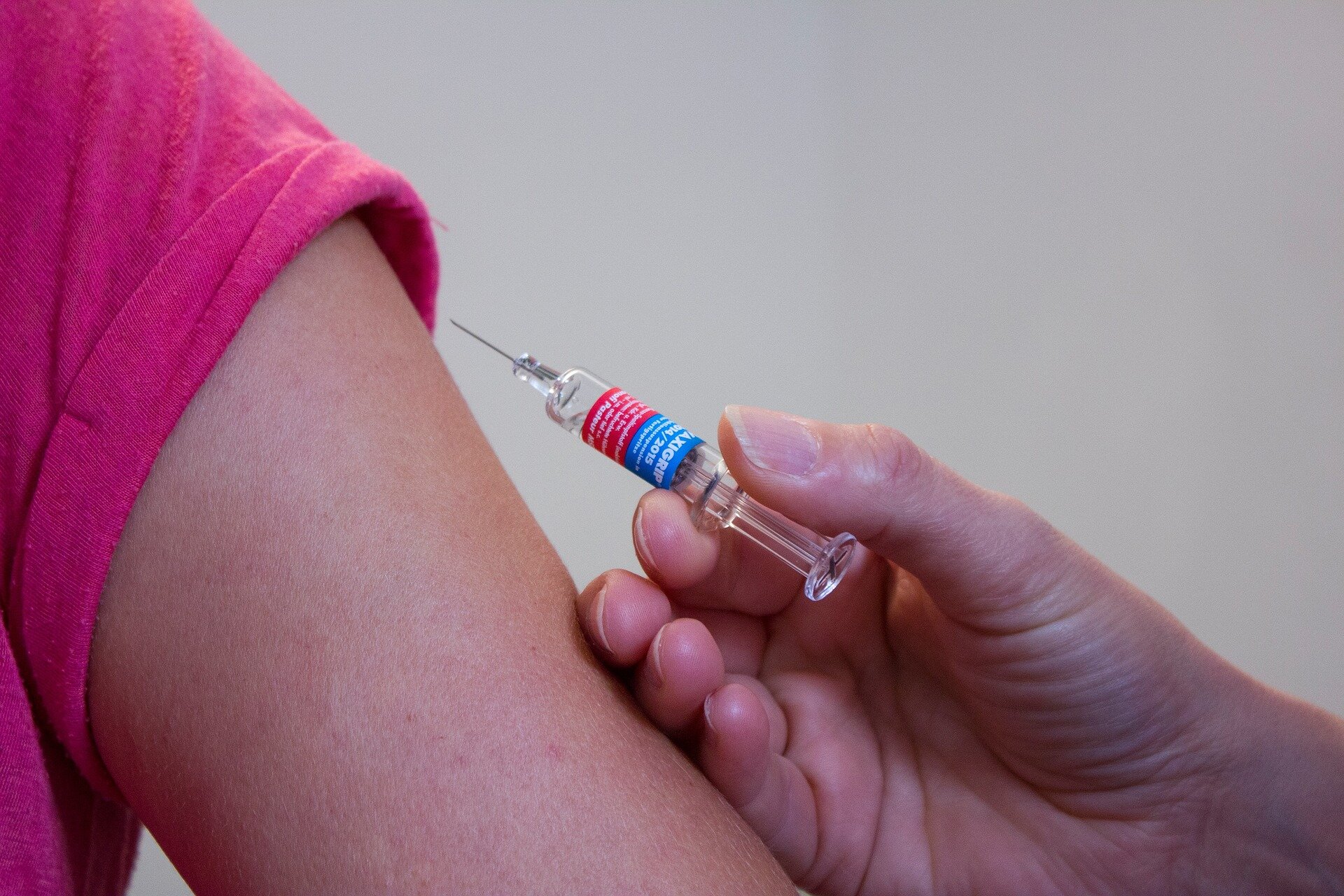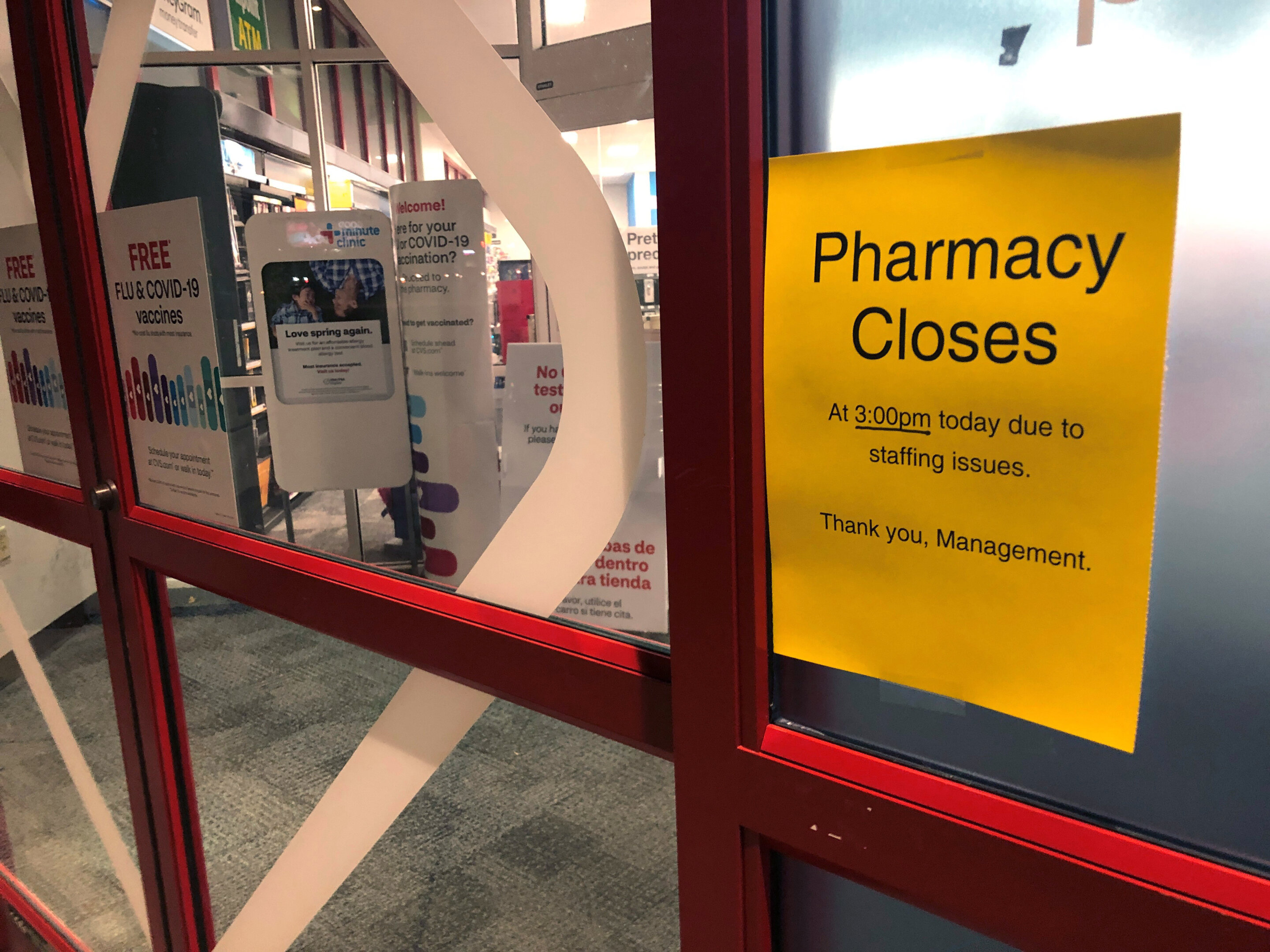#Study supports return to routine screening for BI-RADS lesions on automated whole-breast ultrasound

“#Study supports return to routine screening for BI-RADS lesions on automated whole-breast ultrasound”

According to ARRS’ American Journal of Roentgenology (AJR), returning to routine screening for BI-RADS 3 lesions on supplemental automated whole-breast US (ABUS) substantially reduces the recall rate, while being unlikely to result in adverse outcome.
“This prospective study supports a recommendation for routine annual follow-up for BI-RADS 3 lesions at supplemental ABUS,” wrote lead author Richard G. Barr of Northeastern Ohio Medical University in Rootstown.
From August 2013 to December 2016, Barr and colleagues’ prospective study (NCT02650778) enrolled patients with BI-RADS 1 or 2 on screening mammography and breast density C or D to undergo supplemental ABUS, which was interpreted as BI-RADS 1, 2, 3, or 0. For ABUS BI-RADS 1, return to routine screening was recommended, whereas ABUS BI-RADS 0 lesions underwent targeted hand-held ultrasound.
In 2,257 women (mean age, 58 years), routine follow-up of BI-RADS 3 lesions detected on supplemental ABUS screening in women with dense breasts and any risk resulted in a recall rate of 3.8% (85/2,257), biopsy rate of 0.5% (12/2,257), and positive biopsy rate of 58.3% (7/12)—with no missed cancers (95% CI, 0.0-0.86%).
Noting that ABUS can help mitigate acquisition variability by standardizing the documentation, recording, and archiving of ultrasound images from the entire breast (excluding the axilla), Barr et al. reiterated that ABUS images of similar quality can be obtained from adequately trained ultrasonographers and mammographers.
“Avoiding earlier follow-up for these probably benign lesions can be associated with substantial cost savings,” the authors of this AJR article added.
Six-month follow-up appropriate for BI-RADS 3 findings on mammography
Richard G. Barr et al, Outcomes of Return to Routine Screening for BI-RADS 3 Lesions Detected at Supplemental Automated Whole-Breast Ultrasound in Women with Dense Breasts: A Prospective Study, American Journal of Roentgenology (2021). DOI: 10.2214/AJR.21.26180
Citation:
Study supports return to routine screening for BI-RADS lesions on automated whole-breast ultrasound (2021, July 15)
retrieved 15 July 2021
from https://medicalxpress.com/news/2021-07-routine-screening-bi-rads-lesions-automated.html
This document is subject to copyright. Apart from any fair dealing for the purpose of private study or research, no
part may be reproduced without the written permission. The content is provided for information purposes only.
If you liked the article, do not forget to share it with your friends. Follow us on Google News too, click on the star and choose us from your favorites.
For forums sites go to Forum.BuradaBiliyorum.Com
If you want to read more Like this articles, you can visit our Science category.



